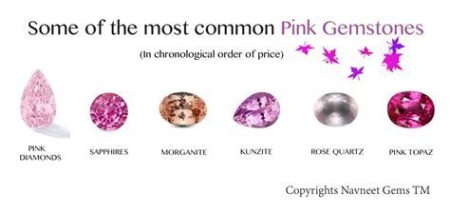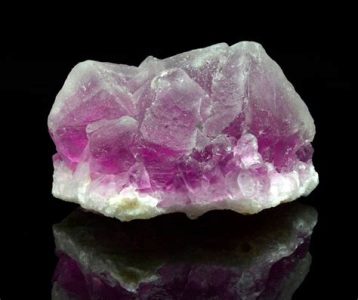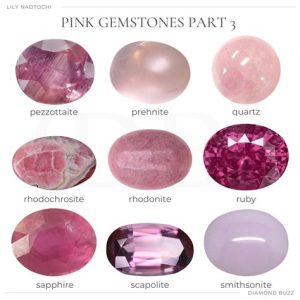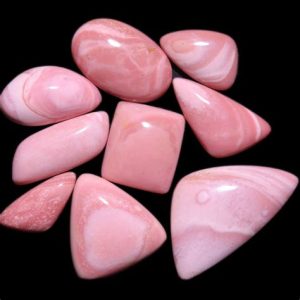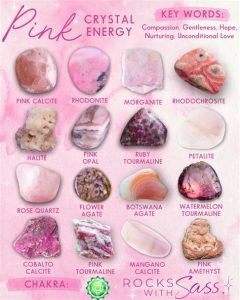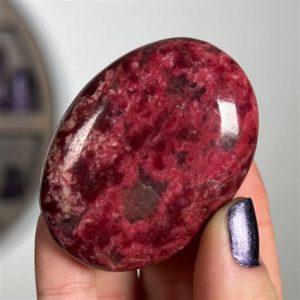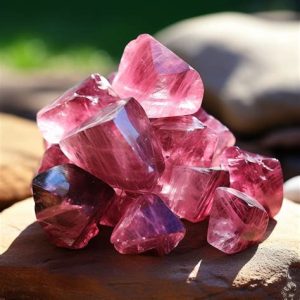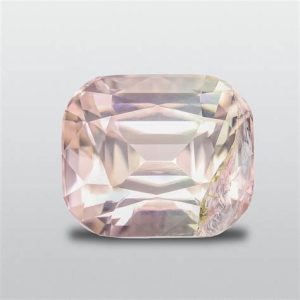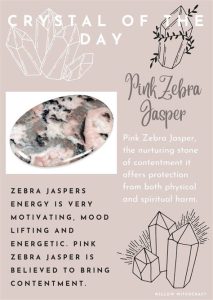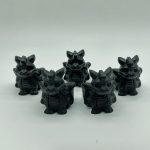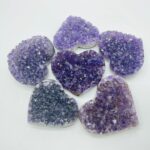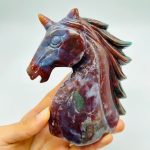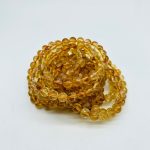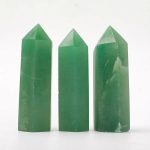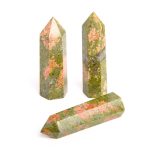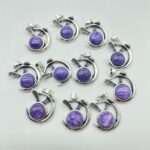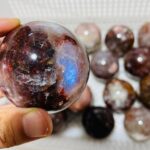Introduction
Geodes, captivating rocks with mesmerizing crystalline interiors, have captivated collectors and enthusiasts alike for centuries. Their rarity and aesthetic beauty make them highly sought-after specimens, commanding varying prices depending on factors like size, shape, and mineral content. This comprehensive guide delves into the intricate world of geodes, uncovering the nuances that influence their value and providing valuable insights for collectors navigating the market.

Factors Determining Geode Value
Size and Weight: Larger geodes generally command higher prices as they offer more visual impact and contain more crystals.
Shape and Formation: Unusual or aesthetically pleasing shapes, such as hearts or spheres, enhance a geode’s value.
Crystals: The type, size, and coverage of crystals lining the geode’s interior significantly affect its worth. Rare and desirable minerals, like amethyst or calcite, elevate the price.
Condition: Geodes with intact crystals, minimal damage, and a polished exterior command higher values.
Market Demand: The popularity and demand for specific geode types influence their market value. Unique or sought-after varieties, like Brazilian amethyst geodes, fetch higher prices.
Valuing Geodes: A Comparative Approach
Agate Geodes: These common geodes, characterized by their banded patterns, typically range from $10 to $50, depending on size and quality.
Amethyst Geodes: The most popular and valuable type, amethyst geodes can command prices between $50 and $500, with large, deep-purple specimens fetching up to $1,000.
Citrine Geodes: These sunny-yellow geodes are relatively rare and can range from $20 to $150, with larger sizes commanding higher prices.
Calcite Geodes: Characterized by their sparkling, white crystals, calcite geodes range from $15 to $75, with larger sizes and unique formations commanding higher values.
Step-by-Step Guide to Evaluating Geode Value
-
Determine size: Measure the geode’s length, width, and height in inches.
-
Assess shape: Note any unusual or aesthetically pleasing shapes.
-
Inspect crystals: Examine the type, size, and coverage of crystals lining the geode’s interior.
-
Check for damage: Look for chips, scratches, or cracks that may diminish its value.
-
Research market: Research the current market demand for the specific geode type.
Tips and Tricks for Buyers
Attend Gem Shows: Visit gem shows and rock expos to view a wide variety of geodes and negotiate prices.
Buy from Reputable Dealers: Ensure the authenticity and quality of your geode by purchasing from established dealers.
Ask for a Certificate: Request a certificate of authenticity to verify the geode’s natural origin and mineral content.
Common Mistakes to Avoid
Overpaying for Poor Quality: Avoid purchasing geodes with damaged or inferior crystals.
Relying Solely on Size: While size contributes to value, other factors like shape and crystal quality also play a crucial role.
Not Researching the Market: Conduct thorough research to understand the current market value of specific geode types before making a purchase.
Conclusion
Navigating the world of geodes can be a rewarding experience for collectors and enthusiasts alike. By understanding the factors that influence their value, carefully evaluating each specimen, and adopting informed buying practices, you can acquire captivating and valuable geode treasures that will add beauty and fascination to your collection.

